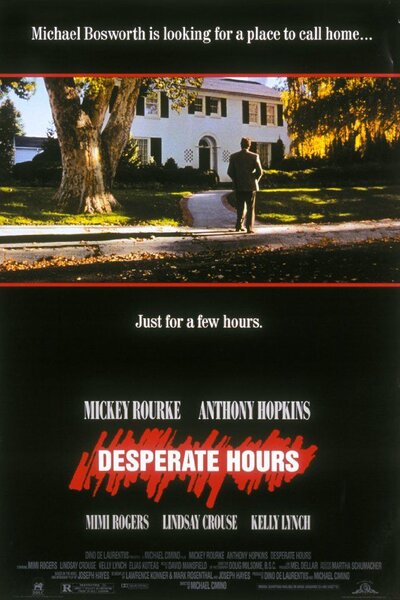Walter Kittel
Senior HTF Member
- Joined
- Dec 28, 1998
- Messages
- 9,809
Today's revisit involved another '70s film that might stretch the definition of noir a bit...
1971's Get Carter. Directed by Mike Hodges and starring Michael Caine as English gangster Jack Carter investigating the death of his brother Frank. I tend to think of this more as a revenge film in terms of plot, but the atmosphere and Caine's performance make this feel like a contemporary noir.
It has been sometime since I last viewed this feature and I forgotten (to some degree) the overall seediness and smut in the film that really contribute to a grim, nihilistic tone for the film. The film's cinematography is almost monochromatic during the opening chapter with only the blue of Caine's shirt exhibiting any color. Following the service for Jack Carter's brother the film takes on more color but it always tends to be desaturated. (I viewed this on HBO Max and not having seen this theatrically I have no idea how faithful the color rendition is to what was originally shot.) Certainly the tone of the film does not suggest the use of vibrant color.
The film is set in and around Newcastle in the north of England. Many of the settings for the film are gritty urban and industrial areas that are almost a character in the film. They help establish a very bleak and unforgiving aesthetic for the feature and really enhance the tone of the movie. In addition to the settings themselves, nearly every character portrayed in the film has some sort of vice or flaw with perhaps only Jack Carter's niece Doreen (played by Petra Markham) being a true innocent. And even she is touched by the corruption and vice that inhabits the fabric of this film.
Caine portrays a tightly focused character with the singular goal of determining how and why his brother Frank died. The characters in this feature who get in his way tend to regret it. I really love his performance in his film and he snaps off some fairly tight dialog at times. His character has the appearance of civility at times, but when circumstances or his mood dictate he can be a bastard. And is called such many times in the film.
This is another time capsule with the fashions of the very early '70s dominating the costuming - particularly for the younger female characters in the film. There are one or two club and party scenes that feature a style of music that further cement this film in the early '70s.
The final resolution of the film really reminds me of another film from this era, which I'll keep to myself for now as I may revisit that movie as part of this thread. Get Carter is a hard edged film that features a riveting performance from Michael Caine. Definitely recommended.
- Walter.
1971's Get Carter. Directed by Mike Hodges and starring Michael Caine as English gangster Jack Carter investigating the death of his brother Frank. I tend to think of this more as a revenge film in terms of plot, but the atmosphere and Caine's performance make this feel like a contemporary noir.
It has been sometime since I last viewed this feature and I forgotten (to some degree) the overall seediness and smut in the film that really contribute to a grim, nihilistic tone for the film. The film's cinematography is almost monochromatic during the opening chapter with only the blue of Caine's shirt exhibiting any color. Following the service for Jack Carter's brother the film takes on more color but it always tends to be desaturated. (I viewed this on HBO Max and not having seen this theatrically I have no idea how faithful the color rendition is to what was originally shot.) Certainly the tone of the film does not suggest the use of vibrant color.
The film is set in and around Newcastle in the north of England. Many of the settings for the film are gritty urban and industrial areas that are almost a character in the film. They help establish a very bleak and unforgiving aesthetic for the feature and really enhance the tone of the movie. In addition to the settings themselves, nearly every character portrayed in the film has some sort of vice or flaw with perhaps only Jack Carter's niece Doreen (played by Petra Markham) being a true innocent. And even she is touched by the corruption and vice that inhabits the fabric of this film.
Caine portrays a tightly focused character with the singular goal of determining how and why his brother Frank died. The characters in this feature who get in his way tend to regret it. I really love his performance in his film and he snaps off some fairly tight dialog at times. His character has the appearance of civility at times, but when circumstances or his mood dictate he can be a bastard. And is called such many times in the film.
This is another time capsule with the fashions of the very early '70s dominating the costuming - particularly for the younger female characters in the film. There are one or two club and party scenes that feature a style of music that further cement this film in the early '70s.
The final resolution of the film really reminds me of another film from this era, which I'll keep to myself for now as I may revisit that movie as part of this thread. Get Carter is a hard edged film that features a riveting performance from Michael Caine. Definitely recommended.
- Walter.





